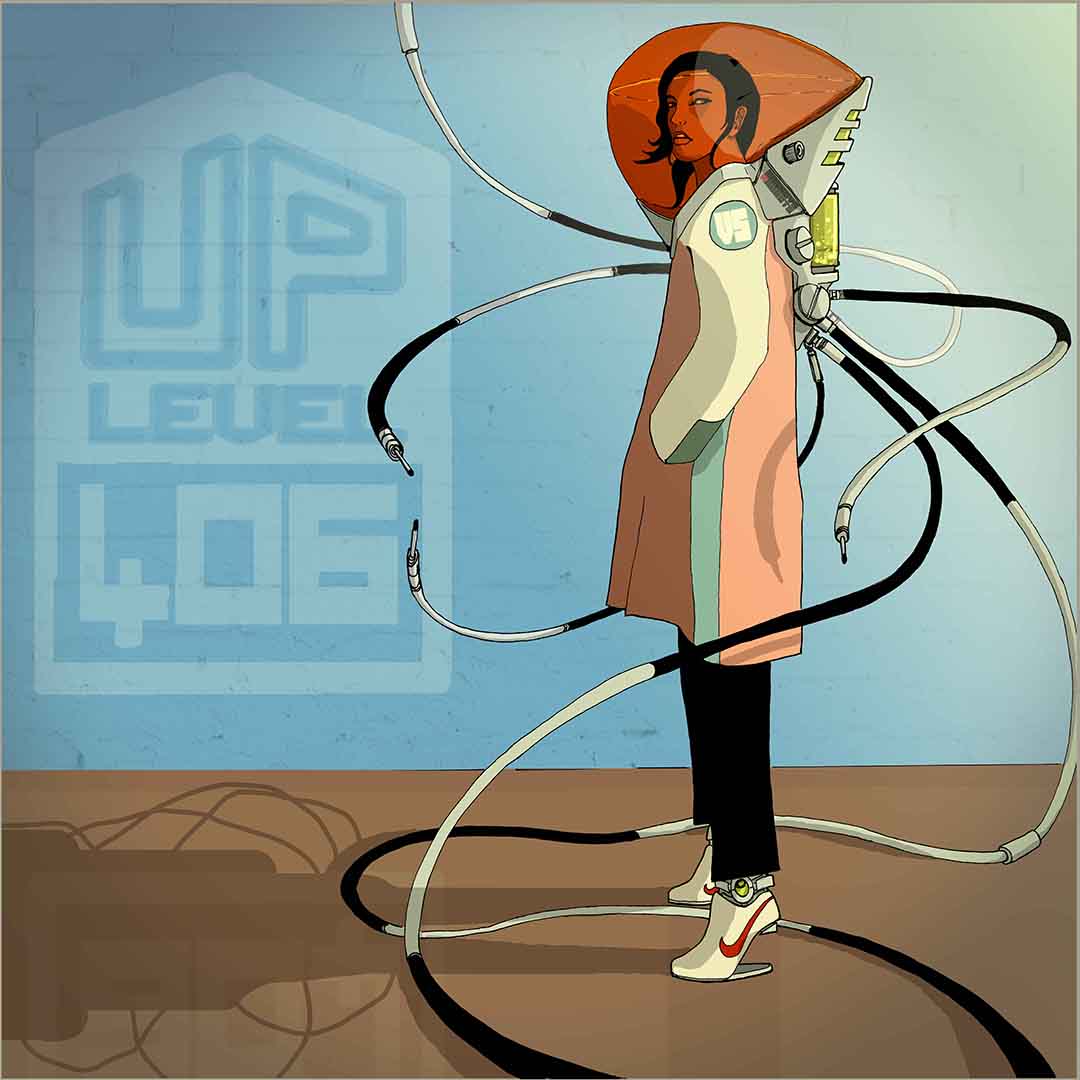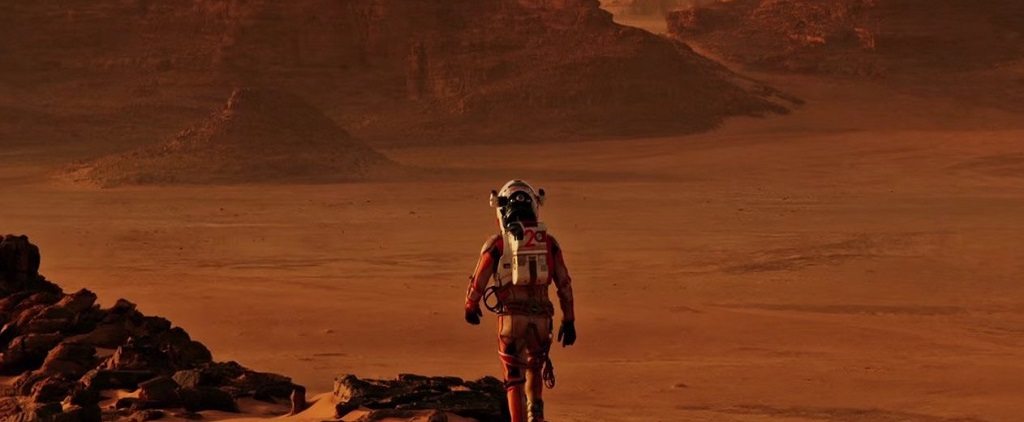[dropcap style=”font-size:100px;color:#992211;”]I[/dropcap]mages like this (below) appeal to us, they are wonderfully Utopian. Bio domes and Terra-forming are terms that speak not only to science fiction fans but also to anybody who wants to believe that the human race has more potential than self destruction and might on day terra-form other planets like Mars .

Eden-Project-Cornwall (YouTube Screen Grab)
The 19th and 20th centuries brought great advances to the human race but they have also left many of us firmly depressed about; the idea the sun will one day explode and reduce everything to 0.00000000001 dust particles, that there may be no god, that entropy will take all matter to nothingness, you get the picture 🙁

Kaku at Campus Party Brasil in 2012
To counter this we need our brightest and best to give us hope! Enter Michio Kaku: American theoretical physicist, futurist, and popularizer of science. He is professor of theoretical physics at the City College of New York and CUNY Graduate Center. Kaku has written several books about physics and related topics, has made frequent appearances on radio, television, and film, and writes online blogs and articles. He has written three New York Times best sellers: Physics of the Impossible (2008), Physics of the Future (2011), and The Future of the Mind (2014). Kaku has hosted several TV specials for the BBC, the Discovery Channel, the History Channel, and the Science Channel (bio online)
Writing in National Geographic, Simon Worrall interviews futurist Michio Kaku about his new book ‘The Future of Humanity: Terraforming Mars, Interstellar Travel, Immortality, and Our Destiny Beyond’ Michio has much to say on the likely future problems we’ll face and potential we have.
________________________________________________________________
We’ve had three waves of scientific innovation. The first wave, the Industrial Revolution, gave us the steam engine, the locomotive, and factories. The second wave was electricity and magnetism, whereby we had TV, internal combustion cars, a beginning of the space program. The third revolution is high tech: computers, lasers, the Internet.
Now we have the fourth wave of innovation: artificial intelligence, biotech, and nanotech. That’s going to change the way we view Mars. Many people say Mars is cold and desolate, and there’s nothing to grow there. We can genetically modify plants and algae to thrive in the Martian atmosphere. But who’s going to do the heavy lifting? We all would like to see futuristic cities on Mars, but robots are going to become much more adapted to working in these harsh environments by the end of this century, so we expect to see robotic construction workers building the fantastic domed cities you see in science fiction novels.
_______________________________________________________________

Illustration by Derren Toussaint. 2018.
‘There’s Only One Way For Humanity to Survive. Go To Mars’. read here

Some of the news that we find inspiring, diverting, wrong or so very right.





















